Blog
Can Dogs Eat Celery? Yes! Tips for Safely Feeding Your Pup This Healthy Snack
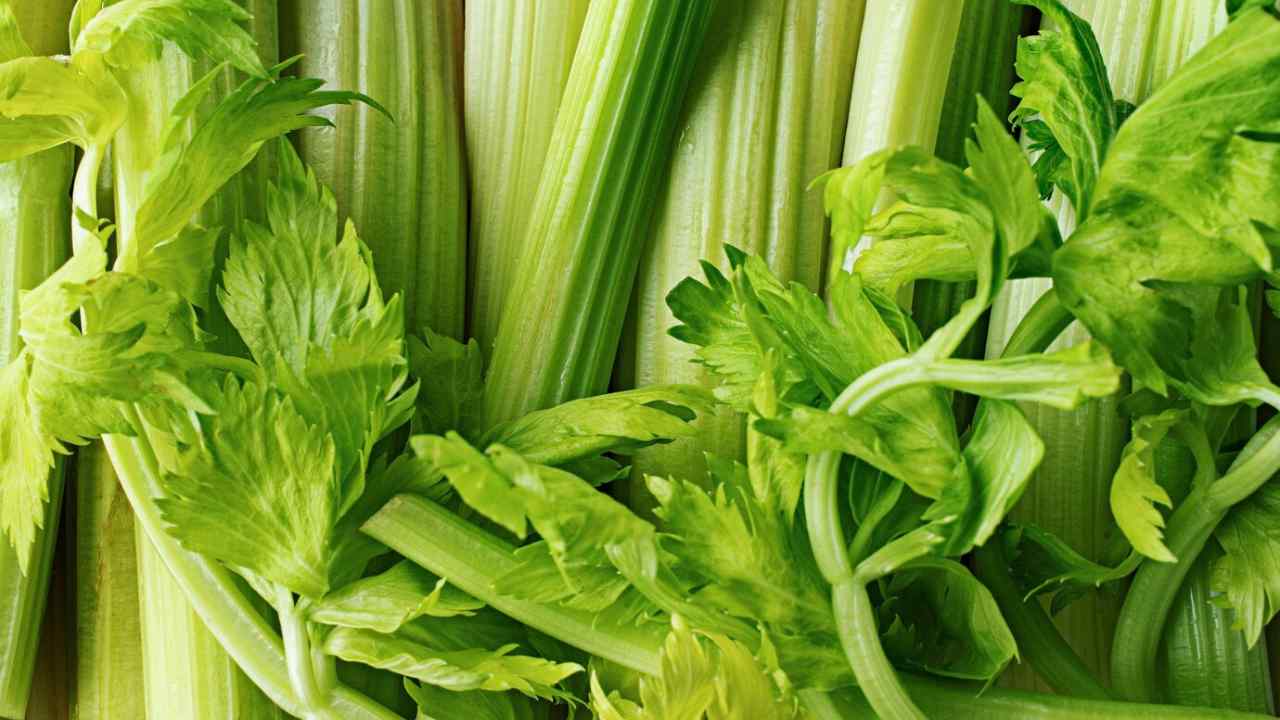
Are you looking for a healthy, low-calorie snack for your dog? Look no further than your fridge! Celery is a fantastic option for dogs, and it’s rich in vitamins, minerals, and fiber that can support your pup’s overall health.
In this blog post, we’ll dive into how much celery your dog can safely eat, the benefits of this crunchy veggie, and creative ways to incorporate it into your dog’s diet.
Contents
How Much Celery Can Your Dog Eat?
When offering treats or human food like celery to your dog, it’s wise to adhere to the 10 percent rule. This means that no more than 10% of your dog’s daily calorie should come from treats or human food, while the remaining 90 percent should come from a well-balanced diet of dog food.
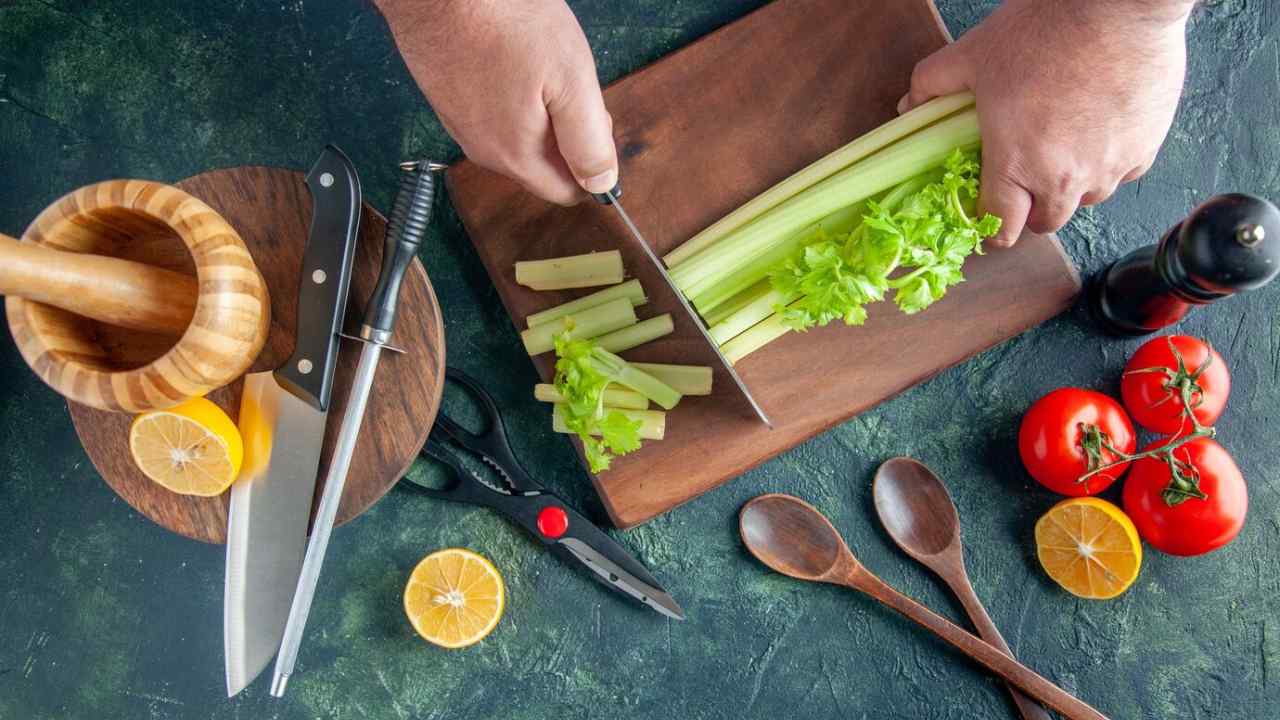
Celery is incredibly low in calories, with each medium-sized stalk containing only about 6 calories. While you could technically feed your dog quite a bit of celery, it’s best to stick to these serving sizes based on your dog’s weight:
| Dog size (Weight) | Celery Amount |
|---|---|
| Very small dogs (2-20 pounds) | 1–2 pieces (1/2-inch long x 1/4-inch thick) |
| Small dogs (21-30 pounds) | 2–3 pieces (1-inch long x 1/4-inch thick) |
| Medium dogs (31-50 pounds) | 2–3 pieces (1-inch long x 1/4-inch thick) |
| Large dogs (51-90 pounds) | Small handful of pieces (1-inch long x 1/4-inch thick) |
| Very large dogs (91+ pounds) | Handful of pieces (1-inch long x 1/4-inch thick) |
Remember, while feeding your dog more celery than the recommended amount wouldn’t be toxic, it could lead to digestive issues. So, it’s best to keep the portions in check.
7 Creative Ways to Serve Celery to Your Dog
Now that you know how much celery your dog can safely consume, let’s explore some fun and creative ways to incorporate this veggie into their diet:
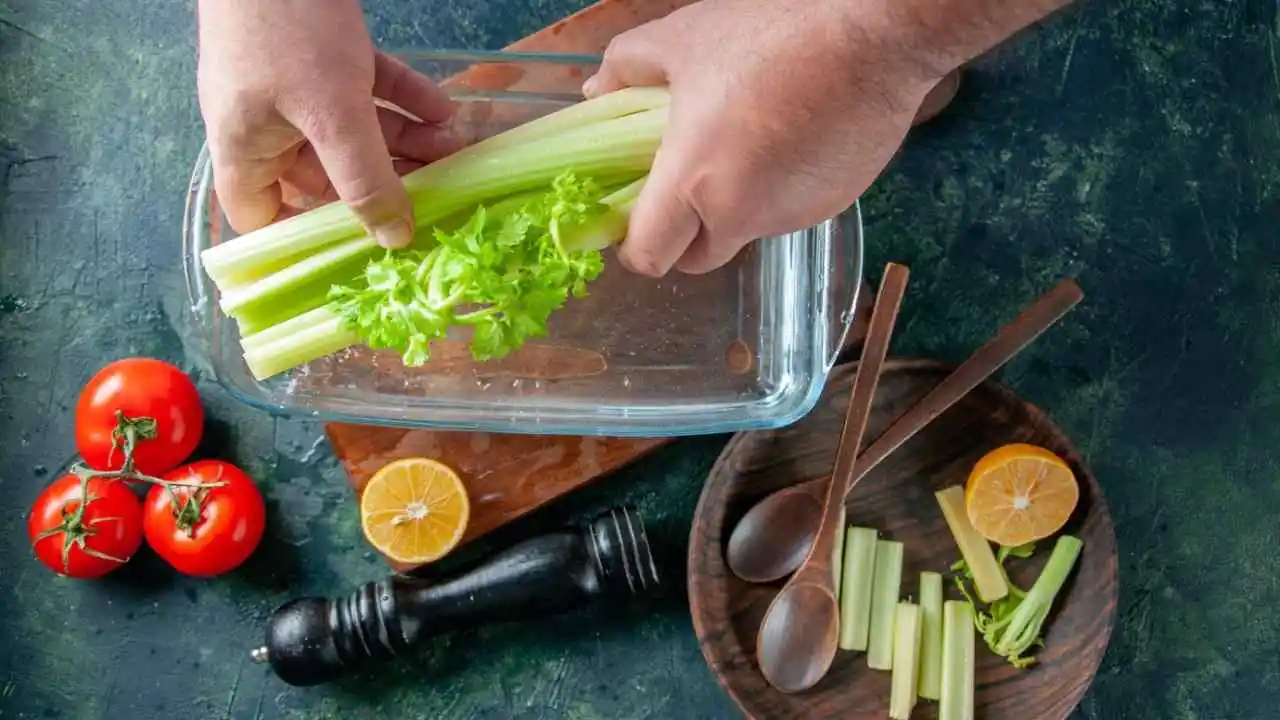
1. Raw and Crunchy
The simplest way to serve celery to your pup is to cut it into bite-sized pieces appropriate for their size. This refreshing, healthy snack is perfect for warmer months when your dog needs a little extra hydration.
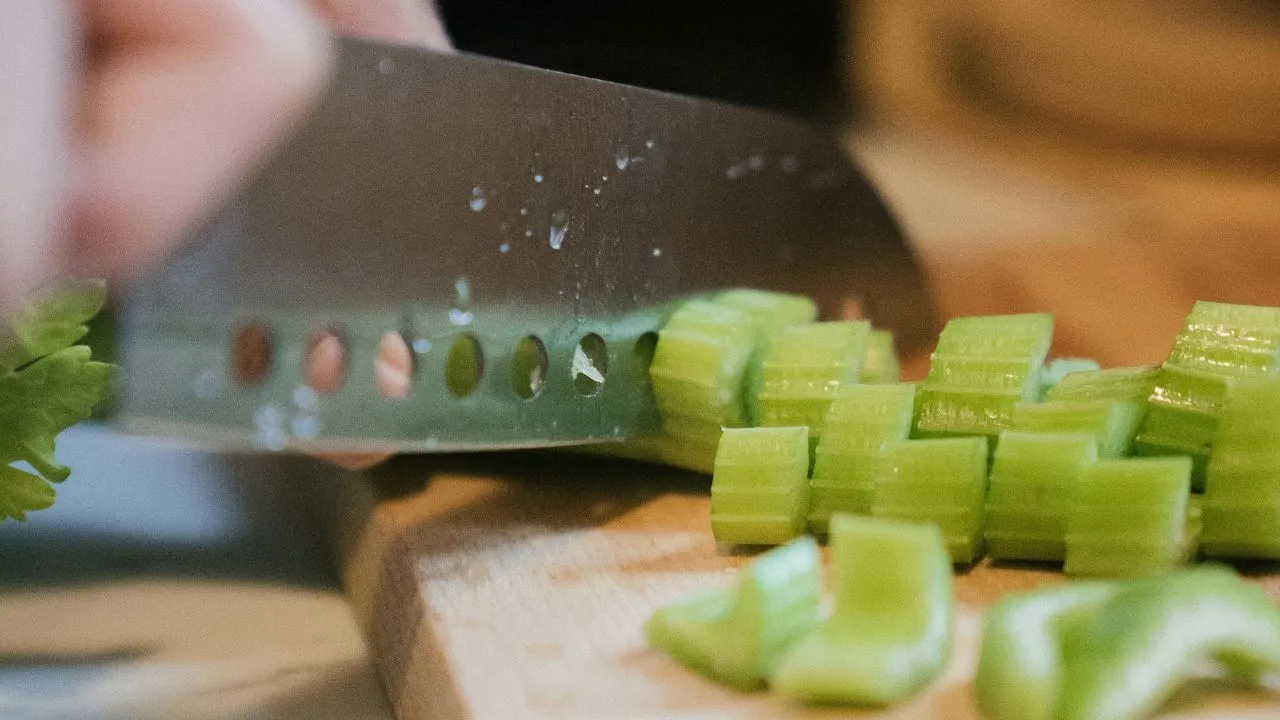
2. Mixed with Regular Food
Channel your inner sneaky chef and chop or pure raw or cooked celery, then mix it into your dog’s regular food. This adds flavor and nutrition to their meal without them even realizing it! Start with a small amount, like a tablespoon or two, and gradually increase the quantity over time. This is a great way to introduce celery to picky eaters or dogs who are hesitant to try new foods.

3. “Ants on a Log” Frozen Treat
Remember this classic childhood snack? Well, you can make a dog-friendly version as a tasty and nutritious frozen treat! First, spread a small amount of xylitol-free peanut butter into the crevice of celery stalks. Then, add some toppings like fresh blueberries or small pieces of your dog’s favorite kibble. Place the prepared celery on a plate or tray and freeze for a few hours. Before serving, cut the celery into smaller pieces to avoid a choking hazard. Your pup will love this cool and creamy treat on a hot day!
SHOP NOW
4. Hidden in Puzzle Toys
If your dog loves interactive toys like treat dispenser toys or puzzle feeders, try hiding a mixture of chopped celery and other dog-friendly ingredients inside them for a stimulating and healthy treat. For example, mix some chopped celery with mashed sweet potato or xylitol-free peanut butter and hide it in the puzzle feeder. Your dog will have a blast working to get every last bit of the tasty mixture out of the toy, and they’ll be getting some extra nutrients in the process!
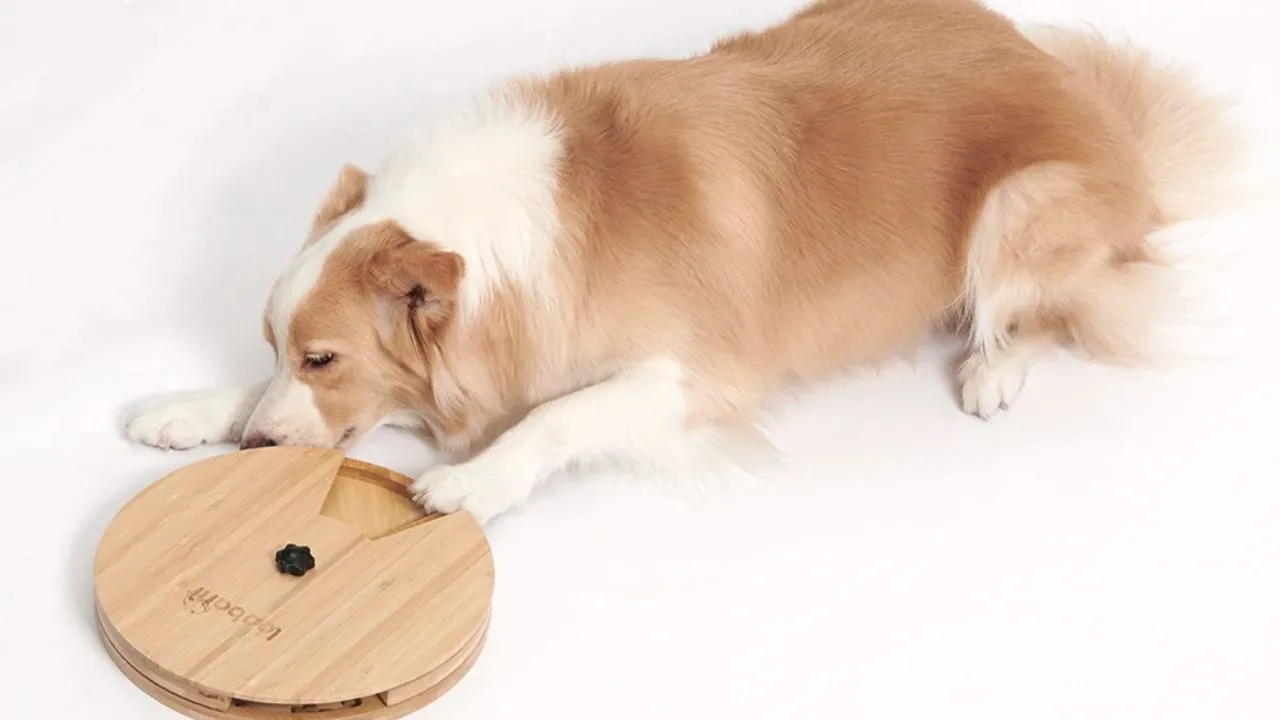
5. Homemade Dog Treats
If you enjoy making your own dog treats, consider adding some chopped celery to your favorite recipes for an extra nutritional boost. Celery works well in both sweet and savory treats, so feel free to get creative! You could try adding some finely chopped celery to a batch of pumpkin and peanut butter treats or mixing it into some homemade chicken and rice biscuits. Just remember to keep the celery pieces small to avoid a choking hazard.
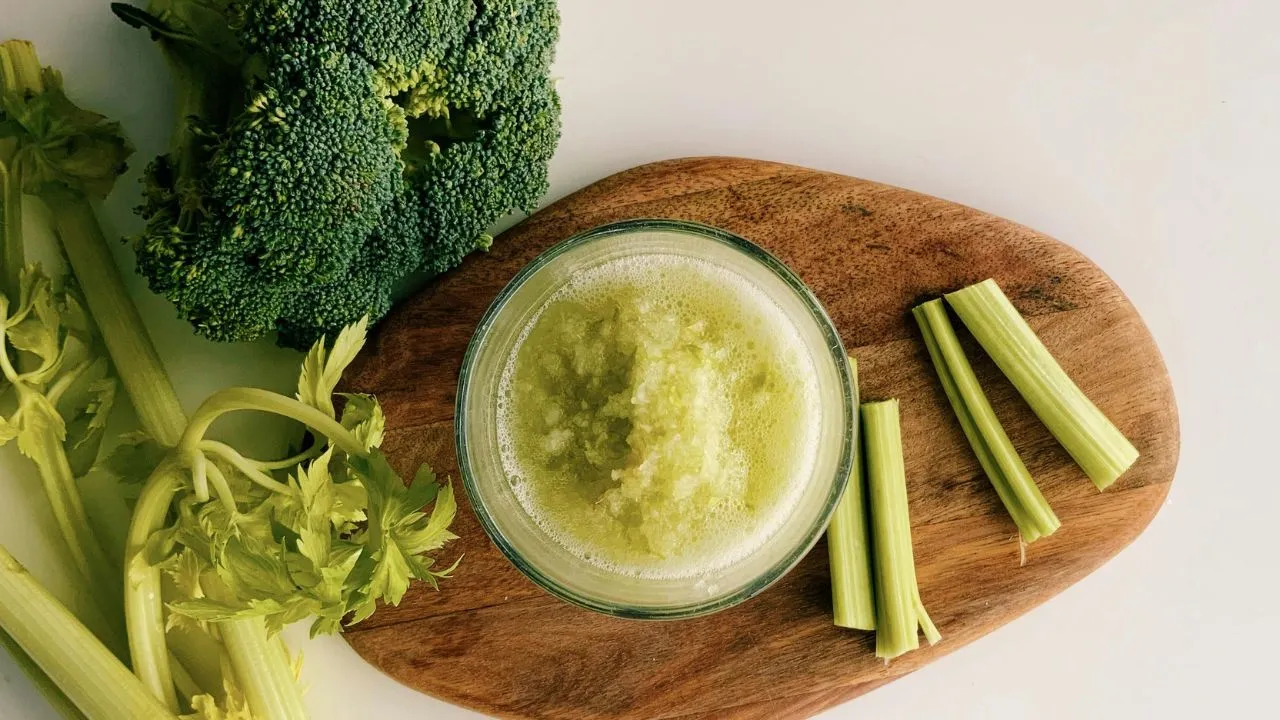
6. Celery Juice or Smoothie
If you’re feeling fancy, you can even make your dog some celery juice or a smoothie as a special treat! For celery juice, simply blend some chopped celery with a little water and strain out the pulp. For a smoothie, blend celery with other dog-safe fruits and veggies like blueberries, pumpkin, and carrots. Add a little water or unsweetened plain yogurt to help everything blend smoothly. Serve the juice or smoothie in small amounts as a refreshing and healthy treat.
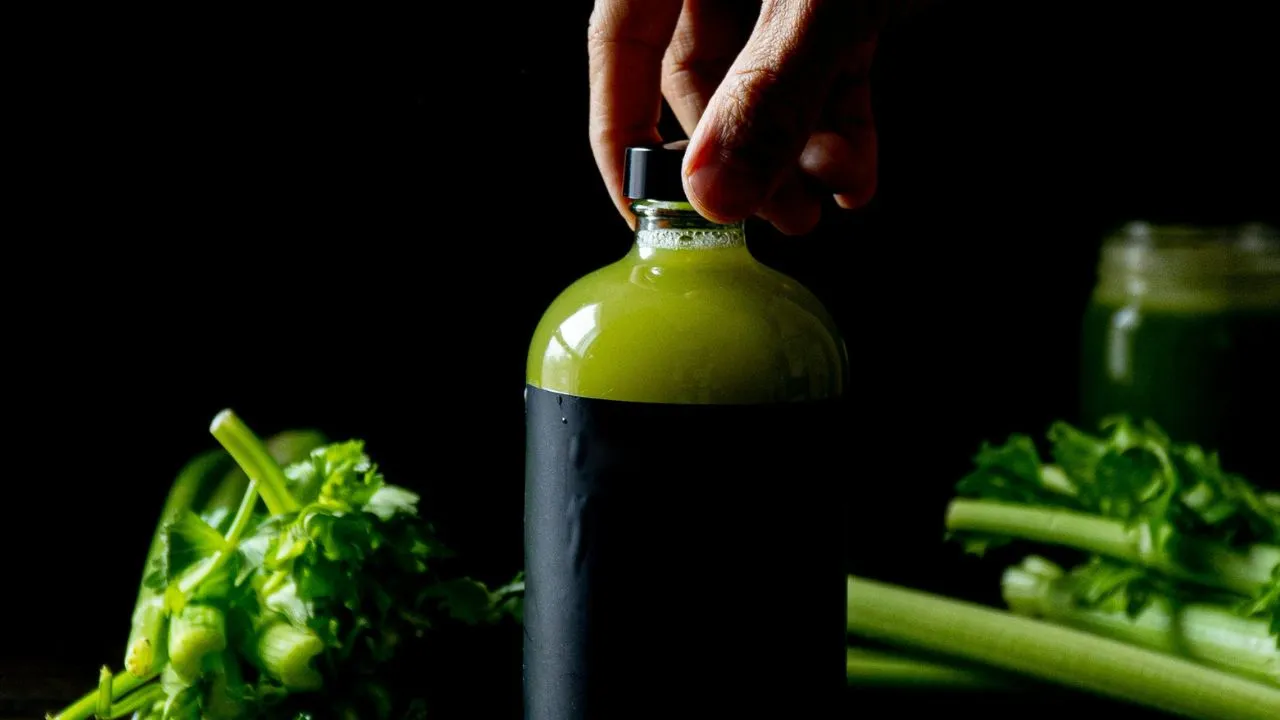
7. Celery-Stuffed Lick Mat
Lick mats are a fantastic way to keep your dog occupied and mentally stimulated while they enjoy a tasty treat. To make a celery-stuffed lick mat, start by chopping some celery into small pieces. Then, mix the celery with some xylitol-free peanut butter and a few pieces of your dog’s favorite treats. Spread the mixture onto a silicone lick mat, making sure to fill all the nooks and crannies. You can even freeze the prepared lick mat for a longer-lasting treat. Your dog will love the combo of flavors and textures as they work to lick every last bit off the mat!

The Benefits of Celery for Dogs
Celery isn’t just a low-calorie snack; it’s also rich in nutrients that can benefit your dog’s health in numerous ways:
1. Weight Management
The low calorie content of celery makes it an excellent treat for dogs, especially those with obesity, as it won’t hinder their weight loss goals.
2. Nutrient-Dense
Celery is rich in antioxidants and minerals and essential vitamins, like vitamins A, C, and K, along with potassium, folate, and manganese. These nutrients support your dog’s immune system, contribute to a healthy skin and coat, and aid in their overall well-being.

3. Digestive Health
Celery’s high fiber content can help regulate bowel movements and foster a healthy digestive system, which is particularly beneficial for dogs with constipation issues.
4. Hydration
With its high water content, celery can help keep your dog hydrated, a vital consideration, especially in scorching summer weather.
5. Oral Health
The crunchy texture of celery can help clean your dog’s teeth and contribute to better oral health (and fresher breath!).

Potential Risks and Precautions
While celery is typically safe for dogs, it’s important to be aware of a few potential risks:
1. Digestive Upset
Introducing too much celery too quickly, especially if it’s a new food for your dog, could lead to digestive issues like loose stools or vomiting. Introduce celery slowly and in small amounts to minimize this risk.

2. Choking Hazard
Always cut celery into bite-sized pieces appropriate for your dog’s size to reduce the risk of choking, especially for small dogs. Never give your dog whole celery stalks.
3. Pesticides on Leaves
While dogs can digest celery leaves, which contain the most calcium, potassium, and vitamin C in the plant, they also tend to have the highest concentration of pesticides. Unless you buy organic celery, it’s best to remove and dispose of the leaves before feeding the celery to your dog.

Other Dog-Friendly Human Foods to Explore
Check out this list of dog-friendly veggies and this list of pup-safe fruits to discover more healthy and delicious snack options for your furry friend. Celery is just the tip of the iceberg.
And, of course, every dog is unique. What works well for one pup might not be the best choice for another. If you have any doubts or concerns about your dog’s diet or health, don’t hesitate to reach out to your veterinarian for guidance. They could help you design a well-rounded meal plan that meets your dog’s specific needs and preferences.